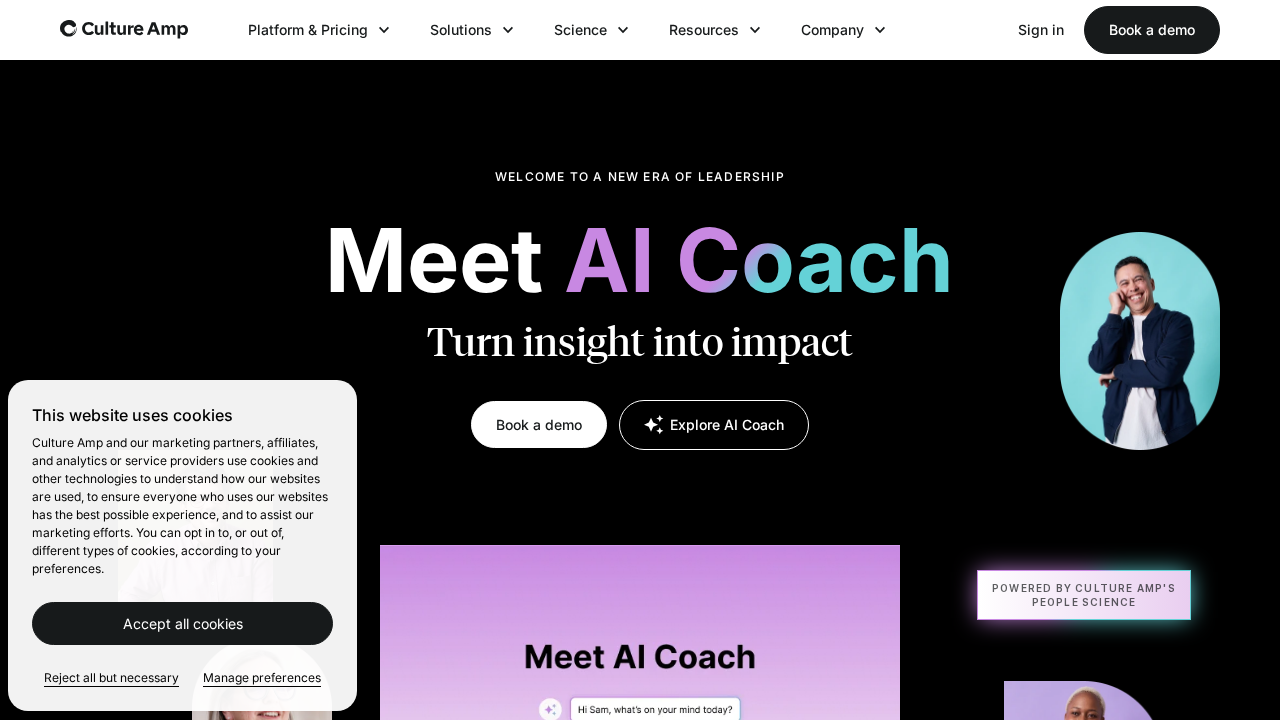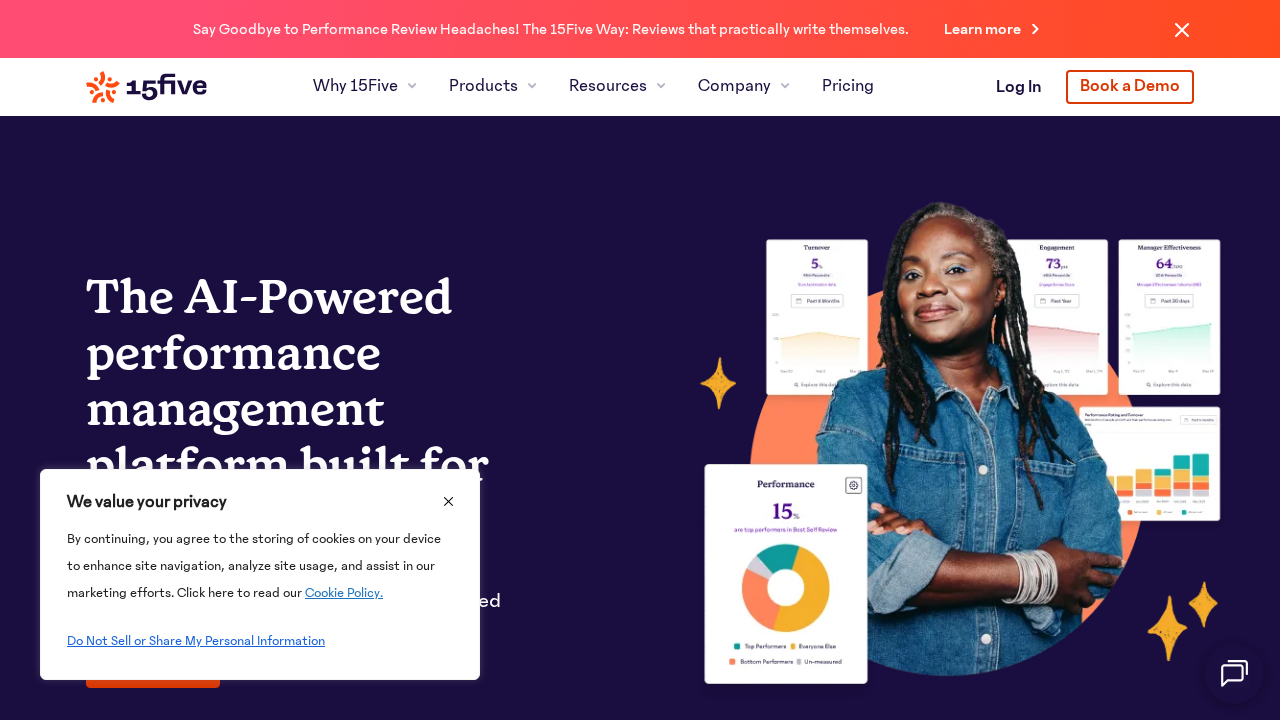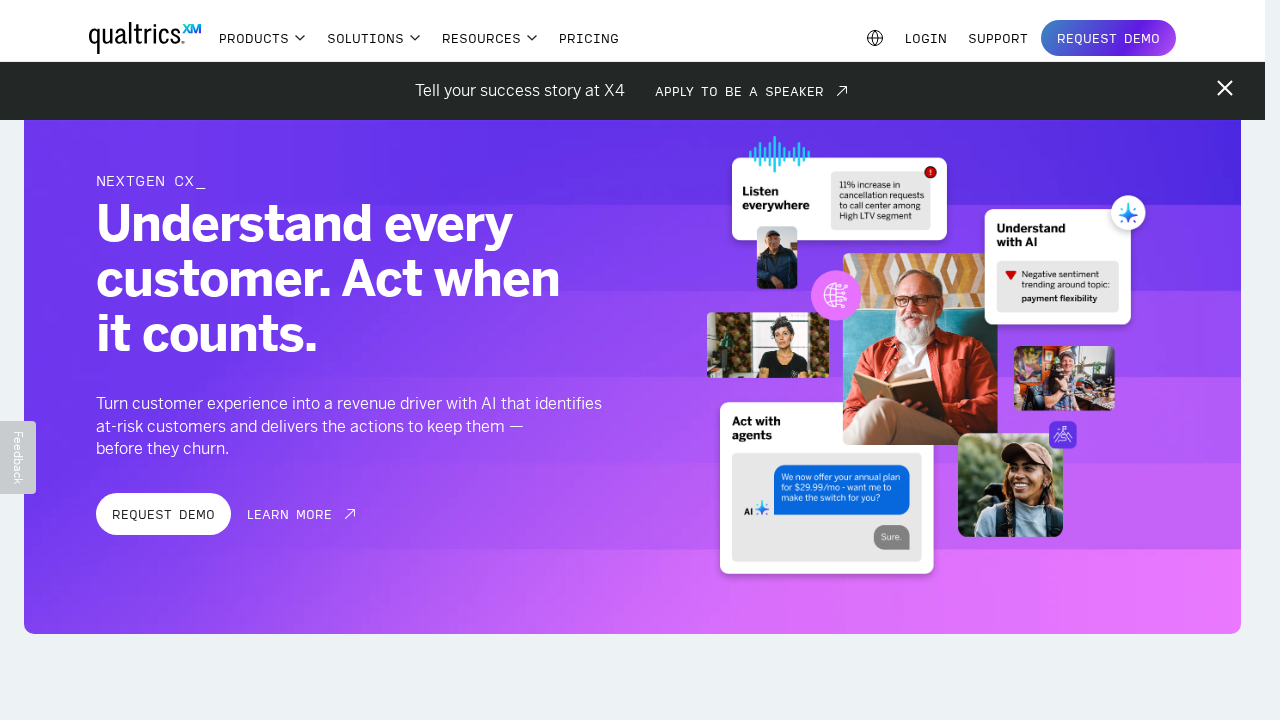In the ever-evolving world of workplace dynamics, staying attuned to employee sentiment is no longer a luxury—it’s a necessity. Businesses today need to go beyond traditional methods to uncover actionable insights that fuel performance, engagement, and culture. Enter the world of real-time sentiment analysis tools, where advanced technologies empower HR teams and leaders with instant, data-driven perspectives that can revolutionize decision-making.
Whether you’re looking to decode employee well-being trends, streamline HR processes, or simplify people analytics, the market is buzzing with innovative solutions. This blog dives into the top five sentiment analysis tools to watch in 2025, revealing their standout features, benefits, and limitations, and ultimately helps you discover the right choice for your organization. Read on to learn how these tools can transform the way you navigate workplace challenges and opportunities.
Top apps:
1. Moodbit Copilot
2. Culture Amp
3. 15Five
4. Workday Peakon Employee Voice
5. Qualtrics EmployeeXM
Moodbit Copilot

Pros
- Conversational interface: The app offers a natural-language interface, enabling non-technical HR managers and team leads to access insights quickly without needing advanced skills in SQL or business intelligence tools.
- Time savings: With powerful automation, the app eliminates hours of manual work, such as creating reports or handling repetitive human resource-related requests, increasing productivity across teams.
- Workforce wellbeing focus: This app excels at transforming sentiment and survey data into actionable insights, helping companies target improvements in employee engagement and overall satisfaction.
- Seamless integrations: Offering compatibility with tools like Slack, Microsoft Teams, Google Workspace, and leading HR platforms like SAP SuccessFactors, it ensures that workflows are consolidated and streamlined without tool switching.
- Enterprise-grade security: Built for secure data handling and compliance, it assures organizations that sensitive HR data is managed with the highest standards of privacy and security.
- Scalability: Ideal for small and medium-sized business HR teams, it empowers them to manage larger workforces efficiently with consistent service delivery.
- Action-driven insights: Beyond just raw analytics, the app generates tailored strategies, next steps, and talent management plans based on people data.
Cons
- May have a learning curve for non-HR professionals unfamiliar with data-driven tools.
- Some enterprises may prefer deeper customization for specific HR needs outside integrated features.
Use Cases
- Monitoring employee sentiment: Understanding how employee attitudes are trending over time has never been easier. With its conversational analytics, HR teams and managers can simply ask questions like, “How is employee sentiment trending this quarter?” and receive immediate, visually intuitive answers and recommendations.
- Streamlining HR queries: The app’s 24/7 real-time chatbot is a game-changer, enabling employees to get instant answers regarding policies, benefits, and processes—freeing HR teams from repetitive queries and allowing them to focus on higher-value tasks.
- Document processing for HR insights: By uploading contracts, reports, or survey files, the app provides fast summaries, precise data extraction, and next-step recommendations—all crucial for improving decision-making in real time.
- Automating workflows: Seamlessly integrating with platforms like Slack and MS Teams, it automates tasks such as meeting summaries, survey follow-ups, and report generation, reducing time spent on manual processes and ensuring productivity remains uninterrupted.
- Enhancing people strategies: The app personalizes wellbeing and engagement trends, offering actionable strategies for improving employee satisfaction and retention, which can dramatically strengthen organizational culture and performance.
- Cross-functional impact: Beyond typical HR usage, recruiting teams can analyze candidate trends, operations teams can enhance communications, and leadership can make informed decisions faster by leveraging the app’s insights.
Culture Amp

Culture Amp is a platform designed to enhance employee engagement, performance, and development through tools such as engagement surveys, performance reviews, and actionable insights. Its main purpose is to support organizations in creating stronger workplace cultures through data-driven decisions and employee feedback.
Pros
- Extensive integrations with existing HR SaaS products allow for streamlined data synchronization.
- Utilizes AI and people science recommendations to empower decision-making for improving workplace performance.
- Comprehensive support resources, including video courses, help employees and managers maximize the platform’s use.
Cons
- Lacks real-time conversational analytics or natural language question support for immediate insights.
- Heavy reliance on traditional survey feedback mechanisms as opposed to dynamic or automated real-time interactions.
- No features like document intelligence or comprehensive workflow automation for reducing repetitive HR workloads.
- The absence of a 24/7 chat assistant for employees puts additional pressure on HR teams to manually handle repetitive queries.
- Does not provide tailored talent management strategies or proactive, actionable recommendations for people-centric interventions.
15Five

15Five is a workplace management and feedback tool designed to enhance team engagement, performance, and culture. It includes features like employee surveys, manager coaching, and performance tracking.
Pros
- Offers tools for conducting regular check-ins and structured feedback between teams.
- Focuses on creating individualized action plans through employee reviews and surveys.
- Provides manager-specific coaching tools like Kona AI for leadership improvement.
Cons
- Lacks real-time sentiment analysis, limiting insights into ongoing employee wellbeing trends.
- Does not feature conversational analytics or automation for report generation and insights extraction.
- Integration options are limited compared to broader workflows and data ecosystems.
- Employee engagement tools are less dynamic and don’t offer HR-specific chat assistance or document intelligence capabilities.
- Requires more manual configuration and does not prioritize instant actionable recommendations or automations.
Workday Peakon Employee Voice

Workday Peakon Employee Voice is an AI-powered listening solution designed to help organizations gather real-time feedback from employees and convert insights into actionable plans to improve engagement, retention, leadership, and more.
Pros
- Focuses on employee engagement and retention with real-time insights.
- Provides science-backed action plans for leadership development and DEI efforts.
Cons
- Lacks conversational analytics or natural language querying for real-time questions and insights.
- Does not include document intelligence features like summarizing reports or extracting metrics.
- No 24/7 employee-facing chatbot for answering HR questions and reducing repetitive tickets.
- Fewer integrations with collaboration tools (e.g., Slack, Microsoft Teams), reducing utility for daily workflows.
- Limited workflow automation options for routine task management or reporting.
Qualtrics EmployeeXM

Short Description:
Qualtrics EmployeeXM is an employee experience management platform designed to deliver actionable insights through surveys, real-time sentiment analysis, and AI-driven recommendations. It supports various aspects of employee lifecycle management, including engagement, onboarding, retention, and feedback collection.
Pros
- Provides a large library of pre-built survey questions and benchmarkable items for employee feedback.
- Incorporates generative AI tools to assist in deriving clear actions from employee data.
Cons
- Heavily dependent on traditional survey methodologies, which can lead to survey fatigue among employees.
- Lacks advanced conversational analytics or natural-language query functionalities that simplify data interaction for non-technical users.
- Relies on passive listening and structured surveys with limited integration of unstructured data sources or dynamic workflows.
- Absence of real-time HR chat assistance for automated employee queries or ticket management.
- Primarily designed for large enterprises, resulting in less accessible features for SMBs or teams with limited resources.
Conclusions:
All four tools explored—Culture Amp, 15Five, Workday Peakon Employee Voice, and Qualtrics EmployeeXM—offer valuable capabilities for driving employee engagement and actionable insights, but they each fall short in addressing some key demands of today’s workplace. From the lack of conversational analytics to limited automation capabilities, these platforms serve well within specific use cases but leave a gap for more dynamic, responsive, and integrated solutions.
That’s where Moodbit Copilot rises above the competition. Designed as an intelligent, user-focused platform, Moodbit offers unique strengths like conversational data access, document intelligence, and a 24/7 HR chatbot. It simplifies complex analytics into natural-language queries, integrates seamlessly across major tools like Slack and SAP, and empowers HR teams to shift from reactive to proactive strategies. These features ensure that HR professionals, team leaders, and SMBs save time, enhance employee experiences, and drive meaningful outcomes.
In a fast-paced, ever-changing professional landscape, Moodbit Copilot isn’t just a tool; it’s a catalyst for transformation. By streamlining redundancies, offering always-available HR support, and surfacing actionable insights, it allows your team to focus on what truly matters—people. If you’re ready to revolutionize workplace insights and achieve an unparalleled level of efficiency, Moodbit Copilot is your ultimate ally. Explore it today and take the next step towards future-proofing your workplace strategy.